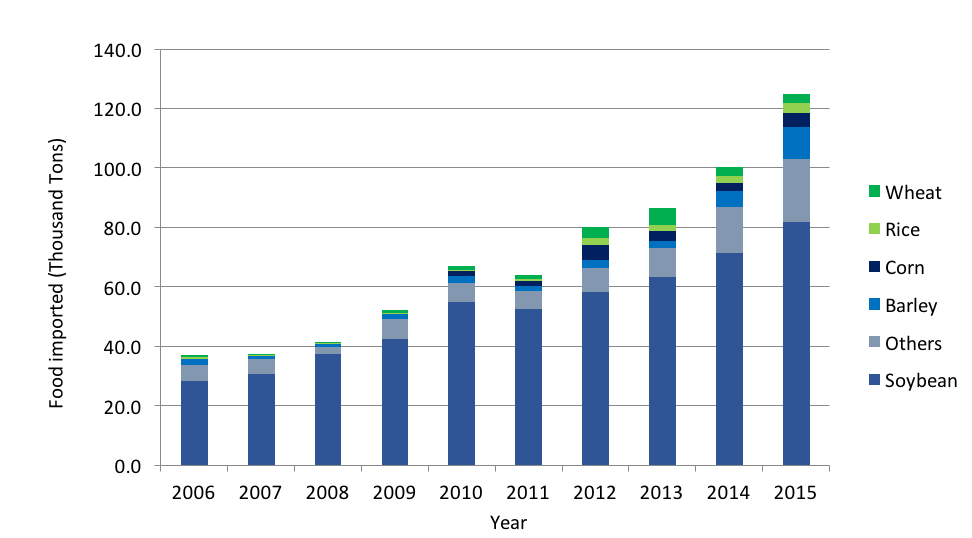You might be forgiven for thinking that politics is politics and food and resource provision is left to business, but more and more so implications of politics on a country’s ability to feed and power its population are increasing.
The current scenario in the Gulf states is proof of this, on 5 June, Saudi Arabia and other Arab countries severed ties with Qatar and moved to cut off land, sea and air routes to the nation, accusing it of destabilizing the region with its support for Islamist groups.
But what does this mean for Qatar’s basic provisions? With around 80% of all Qatar’s food coming from its neighbours, this has potentially devastating implications and the result is that Qatar’s resource security is in danger. The nation’s domestic agriculture is severely constrained by scarce water resources and it has low water quality, infertile soils, harsh climatic conditions and poor water management.
While an extreme case Qatar is not alone in relying heavily on external forces to govern and control its food and resources situation and many countries can look to this as a lesson of the role political stability can play in the provision of resources to industry and a population. Not least China who are seeing their domestic wants reliant more and more on other countries.
Over the last ten years China has seen its population wants and needs increase and with it is has had to rely more and more on imports from abroad and the areas of food, water and energy have come under pressure with greater imports required to account for this nexus of resources.

Food has been an area of dramatic import increases and the intricate connection between food and water adds more complexity to the equation. Agriculture currently accounts for about 62% of the total water demand in China. Due to the limited arable lands and usable water resources for irrigation, China has become a net food importer. If we consider the huge amount of virtual water embedded in the food cultivation process and supply chain, the nation is susceptible to indirect water risks in the countries from which these foods are imported.
Let’s take 2015 as an example. China imported more than 125 million tons of food, including 82 million tons of soybean, 4.7 million tons of corn, 3.0 million tons of wheat, 3.4 million tons of rice, 10.7 million tons of barley, and 21.2 million tons of other grains. The corresponding virtual water amount is as huge as 289.4 billion cubic meters, which equals to 4.6% of the total rainfall in 2015. This means that not only is a China relying on other countries for its food but the state of the water is also a huge factor. In China’s case with a large portion of its import coming from drought-ridden California, this is a genuine concern.
This means that not only is a China relying on other countries for its food but the state of the water is also a huge factor. In China’s case with a large portion of its import coming from drought-ridden California, this is a genuine concern.
So as consumption in China’s cities grows and an expected 300 million more people with greater wants and needs urbanize, balancing these factors and feeding the population while reducing risk is going to become a key factor in China’s future. In the case of Qatar, with its small population and high individual wealth, imports from Saudi Arabia have been replaced by food from other countries, but in China’s case minimizing its security risk is key as with such a large population, alternatives may not be as easy to come by.
This article was written by Liao Xueyi, a Research Analyst at Collective Responsibility.
